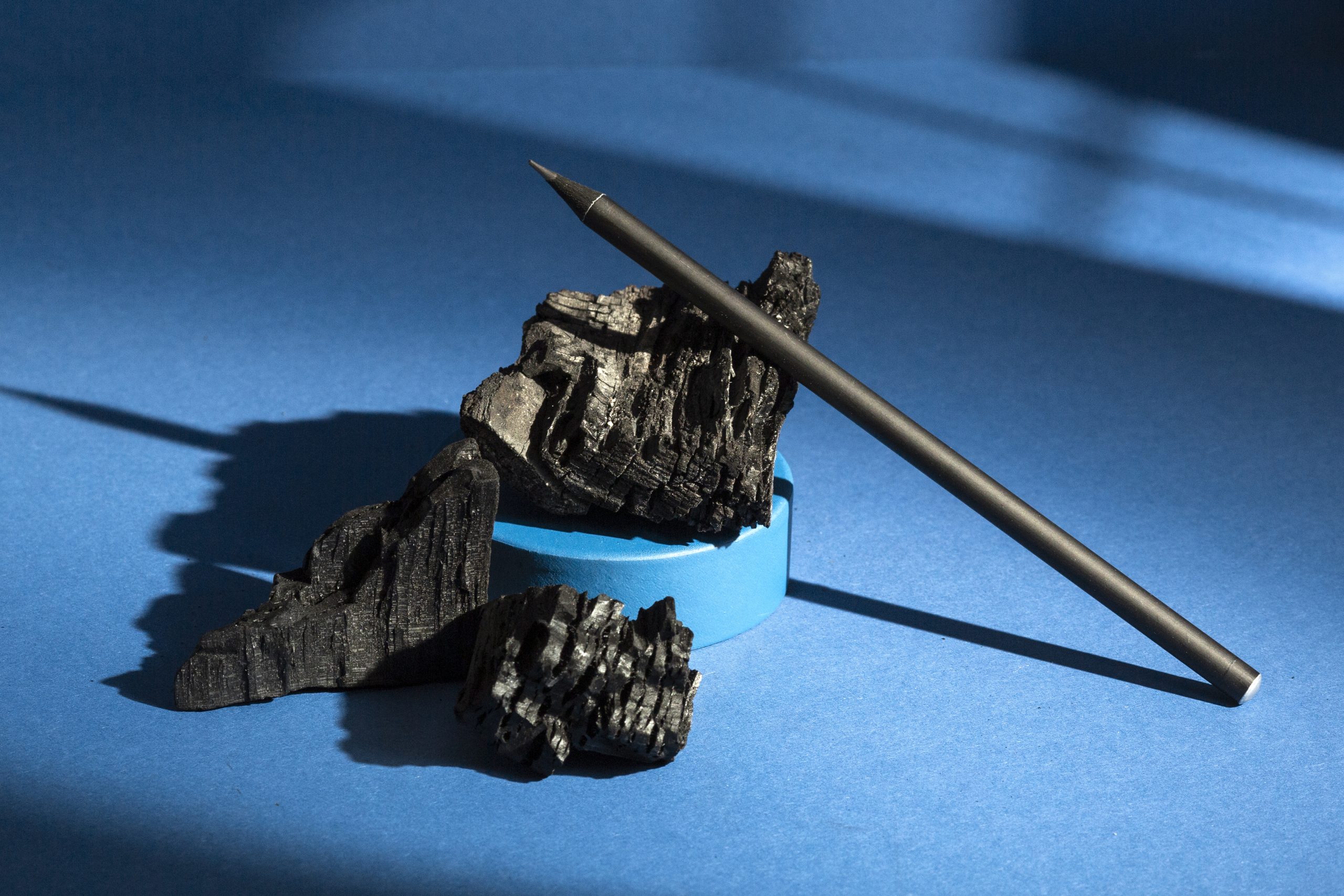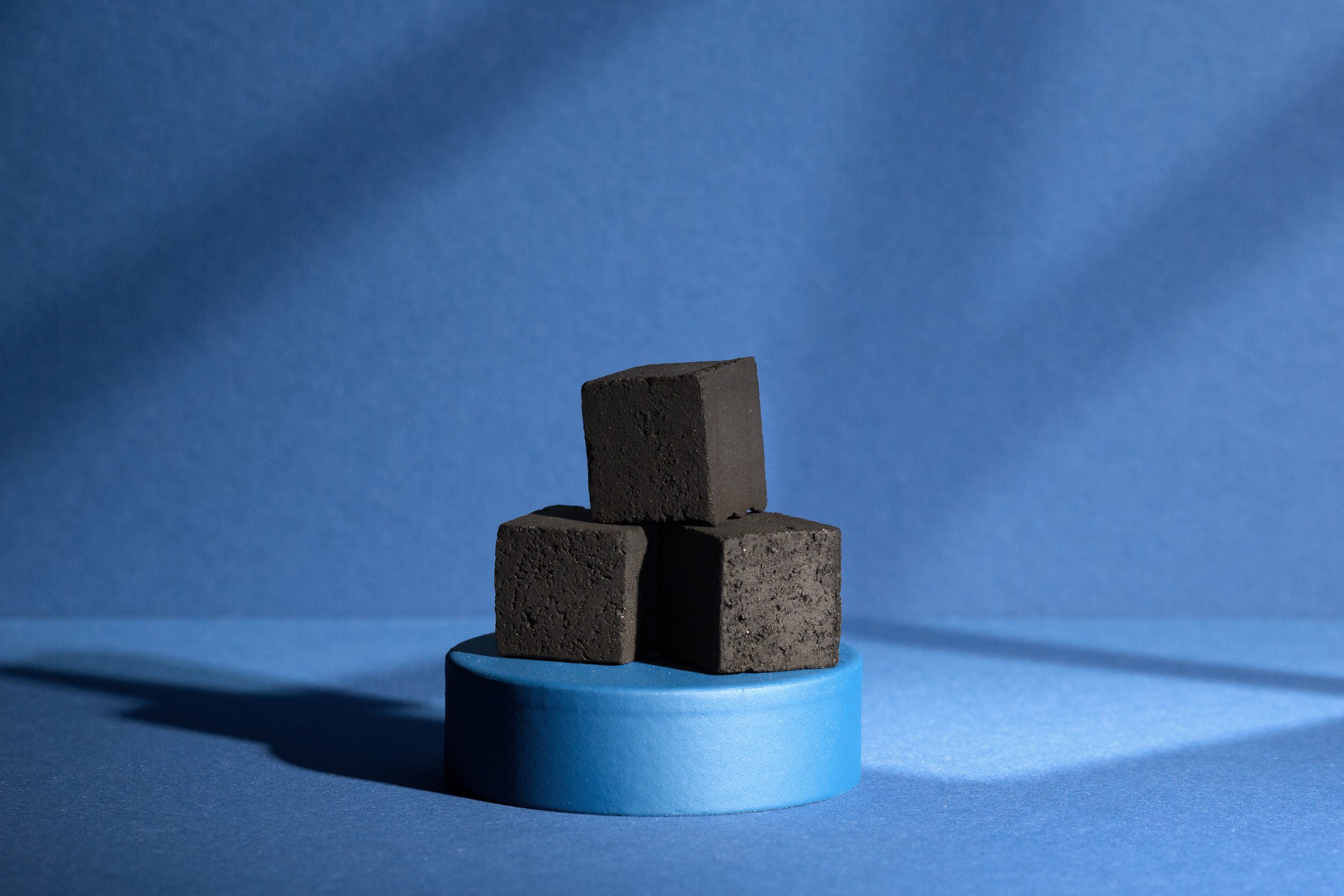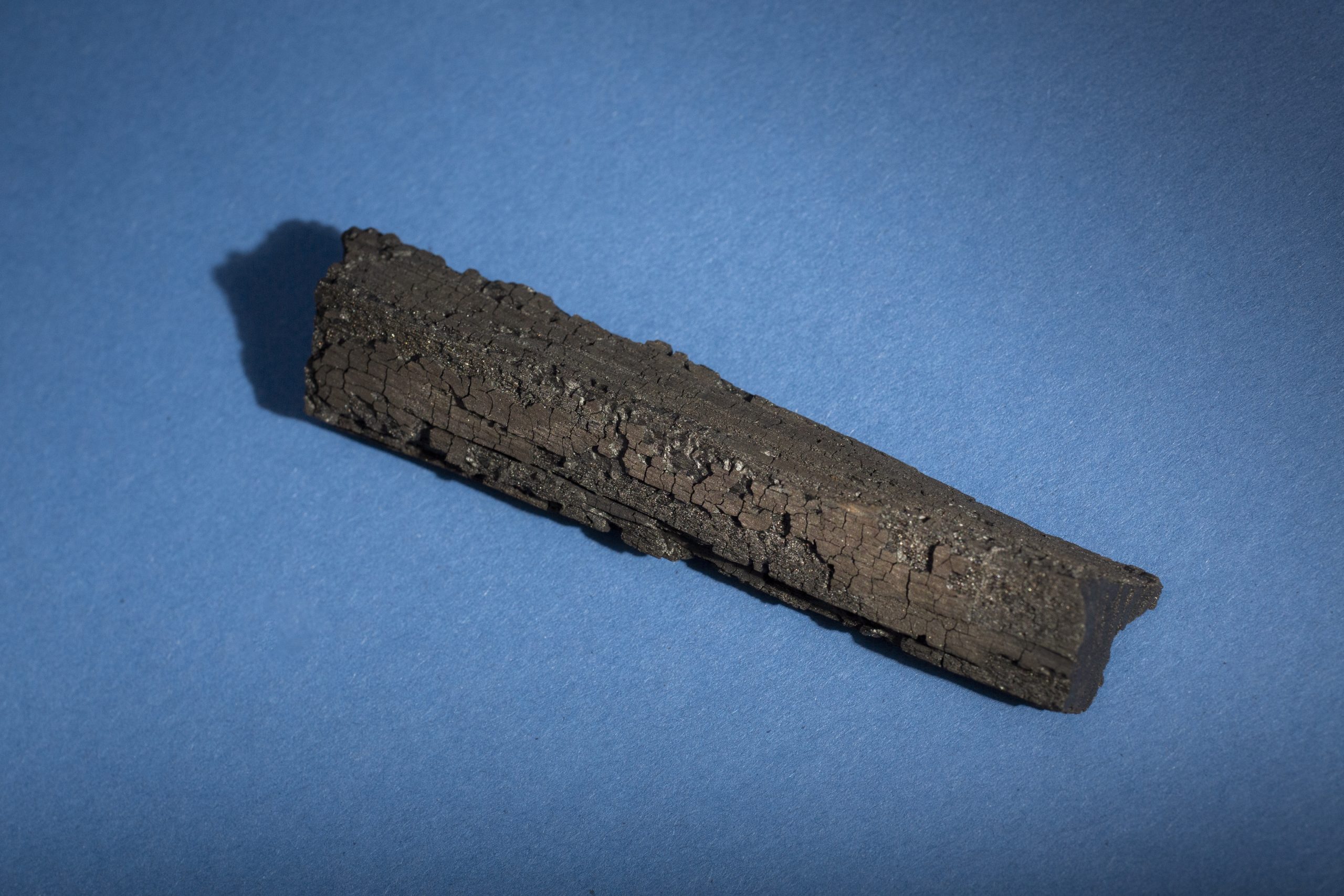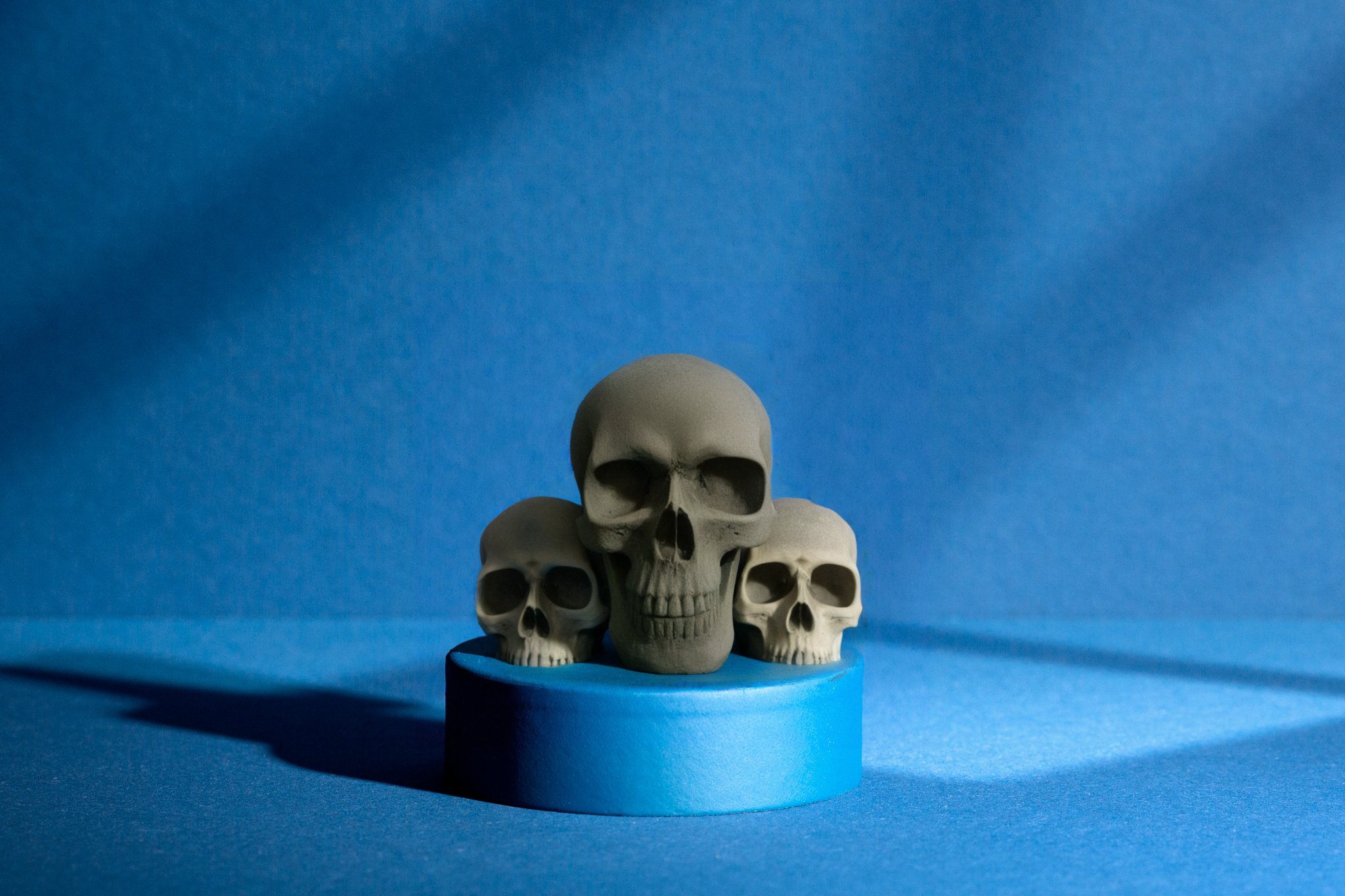Odor-free and Smoke-free Charcoal
Self-ignition charcoal
Easy to light, burns evenly for a hassle-free hookah experience.
Cube charcoal
Long-lasting, consistent heat for an optimal hookah session
25mm x 25mm x 25mm
Charcoal briquette
Reliable, slow-burning fuel for extended, even heating
Skull-shaped charcoal
Unique design, perfect for themed hookah sessions
Characteristics of good coal
- High thermal power: It can be burned at high temperatures and stay lit without the need for fanning. This makes it suitable for use in heating homes, restaurants, industrial furnaces, and other heating systems.
- Long burning time (durable): Charcoal usually has a longer burning time than other fuels such as wood and paper. This means that the charcoal does not need to be changed frequently.
- Balanced burning (without smoke, gas, smell, or spark): Charcoal burns in a balanced way and provides complete combustion through a uniform heat supply, reducing air pollution and the production of smoke and solid particles.
- Little ash production: Leaving a small amount of residue after burning and being free of impurities.
- Long-term storage: Charcoal can be stored for a long time due to its unique structure, allowing for long-term storage and use when needed.
- The ash should be separated layer by layer and slowly.
- Easy transportation: Charcoal is easy to transport because of its compactness and lightweight, making it suitable for local heating, fireworks, and camping.
- Environmentally friendly: Charcoal is an environmentally friendly and sustainable fuel source as it is produced naturally and not from fossil fuels.
- Not irritating the respiratory system and not causing sensitivity.
Types of charcoal
Although coal has a wide range of uses, in general, there are three categories of coal that all types of coal fall into. The difference between the types of coals is in the way they are formed and produced. Types of coal include the following:
– Traditional charcoal (charcoal)
– Compressed coal (Chinese coal)
– Briquette
1- Traditional charcoal
Charcoal is a commonly used fuel that is obtained by burning wood. The wood is placed in charcoal furnaces and subjected to a process that results in the final product, which is known as traditional charcoal.
2- Compressed charcoal
To prevent damage to nature, charcoal is industrially produced from small pieces of wood, sawdust, walnut shells, straw, and other similar materials. There are two types of compressed coal. The first type is made of sawdust and walnut shell and is used mainly for hookah. The second type is made solely from coal dust, and depending on the quality of raw materials, it can be used for both hookah and barbecue. In China, bamboo sawdust is used to produce charcoal, but as there is no bamboo in Iran, forest wood sawdust is used instead, mixed with walnut shell. The combined materials are placed in special molds in the charcoal factory and then put in the furnace to remove excess moisture and water. The result is a well-burned charcoal that will not emit any smell or smoke. This type of coal is cheaper and more durable than most coal and can be used for grilling in disposable barbecues or grills on a grid.
3- Briquette
This kind of charcoal is made using molds of different shapes. The main ingredients used in making charcoal are 90% coal soil, 5% water, and 5% starch. To produce this coal, coal soil is first crushed, then mixed with water and starch. This mixture is poured into the mold of the desired shape and left to dry. Once the content of the mold has dried, the resulting charcoal is ready to be used.
Common Charcoals in the Market
Lemon charcoal
Lemon charcoal is considered one of the highest quality and best types of charcoal used for making hookah. It is made by burning citrus trees like lemons, oranges, and others. This type of coal does not produce sparks and can be used a second time if it gets wet and dries properly. Moreover, it does not affect the taste of the hookah.
Oak charcoal
Oak charcoal is a great choice for hookah after lemon charcoal. As the name suggests, this type of charcoal is made from oak wood. Although oak charcoal is of lower quality than lemon charcoal, it is also less expensive. This is why oak charcoal is often used instead of lemon charcoal, which can be quite costly.
Bamboo charcoal
Bamboo charcoal is a high-quality type of charcoal made from bamboo stems. It is known for its pleasant aroma and flavor.
Pistachio charcoal
Charcoal can be made from pistachio tree waste, and one of its characteristics is the slow burning of charcoal. It is very high quality and without blackout.
Coal briquette
Another type that is not cut and is used in fireplaces, fire pits, and ovens.
Good coal detection
- Glossy Appearance: a good charcoal has a glossy appearance.
- Hardness: it does not crumble easily and burns longer, which makes it last longer.
- Quick ignition: a good charcoal catches fire quickly and burns with a good heat output.
- Low smoke: quality charcoal produces no smoke or smell when burning, ensuring that the food or hookah smoke remains pure and untainted.
- No spark: one of the problems caused by low-quality coals is sparking. These sparks can fly around and burn your clothes or body, or in rare cases, where there may be dry plants around them, start a fire.
- Low ash: finally, good charcoal does not leave much ash after burning.
Methods for charcoal production
- Traditional Method: In this method, wood is placed inside a closed oven and set on fire. Once the wood is turned into charcoal, it is collected and used.
- Mechanized Method: The raw materials are first converted into small pieces by a shredder. Then, they are transferred to baking ovens through a conveyor belt. After the materials turn into charcoal, they are ground and put into washing basins. They are washed, dried, and then mixed with vegetable gum (gum Arabic). The mixture is molded and pressed by a press. Finally, the parts are cut to the desired sizes and shapes by a cutting machine.
Coals available for supply
All charcoal models are available now, here we mention 3 examples that have
two patent certificates in Iran.
Pistachio charcoal
Cube pistachio charcoal
Due to its affordability, lack of odor and spark, and availability in all
seasons, cube pistachio charcoal with high heat is recommended for coffee
houses and canteens.
Its different types with slightly different
compositions and different ash colors have a residual ash between 1 and 2
grams.
Pressed charcoal glue and chemicals-free (skeletal)
-
No chemical binders: Chemical binders such as sodium silicate, resin,
phenol, formaldehyde, gluten, cement, etc. are not used. These materials can
cause cancer and acute health problems.
-
100% carbonization process: The wood is burnt at the highest level,
resulting in a release of carbon and phenol. The presence of phenol and
ethylene in coal causes smoke and smell. It also causes side effects such as
eye, ear, and throat irritation. Damage to the nervous system, weakness,
fatigue, and muscle pain are other consequences. These pollutants in high
amounts can cause liver and kidney damage, etc.
-
Preparation by cold static method
- high speed and performance in production.
-
The product is healthier compared to other products in the market.
-
The product is environmentally safe due to the absence of chemical
binders.
-
Specific product engineering and production in the form of automation
for the first time in the world.
-
The product has a long life and high durability during burning, which
has been proven by relying on existing analyses and tests.
-
Higher density of the product compared to similar samples in the market.
- The product can be used for three times longer than other coals.
- 100% preserved nature of the product.
-
Selection of raw materials according to the customer’s needs with a
special formula with the same output.
-
The carbonation process is 100% complete, which means that one kilo of
coal is obtained from 5 kilos of raw material, and all toxic substances
such as phenol and ethylene are removed. This makes our product
healthier than the competitors, as confirmed by laboratory analysis.
- 100% recycled.
Problems with conventional compressed charcoals in the market
-
The use of industrial adhesives can lead to the presence of unpleasant
smells and smoke, causing headaches during use.
-
The use of industrial and chemical substances such as sodium silicate,
resin, phenol, formaldehyde, gluten, etc., can cause cancer, respiratory
problems, and heart problems.
-
Due to the use of industrial materials and glue in this method, when coal
ignites, it emits volatile chemicals that can lead to headaches and other
health issues.
Production method
This type of charcoal is produced using the sculpting method, where it is
poured into a silicone mold as a slurry. The mold cannot be reused until the
charcoal has completely dried, which results in a slow production rate and
high costs due to the use of glue and chemicals.
Technical points
The pistachio skin was tested for its components in order to determine its
potential as a fuel source. The test conducted was FTIR, which revealed the
presence of hydrocarbons and phenols. However, phenols are harmful to health
and can cause headaches, dizziness, and a putrid smell when burned. The TG and
DTG tests further indicated that hydrocarbons burn at temperatures between 275
and 354 degrees, whereas harmful phenol compounds are released after that. To
remove phenols from pistachio charcoal, we burn pistachio skins at high
temperatures for longer periods. This causes the release of hydrocarbons and
the reduction of the thermal power of the product, but there are no more
phenols and harmful compounds in it. We obtain one kilo of quality charcoal
from every 4 to 5 kilos of pistachio shells, due to the high temperature and
time required for the charcoal preparation process. The percentage of ash left
after complete combustion is around 17% of the weight of the initial raw
pistachio shell, as shown in the figure. If we carbonize pistachio shells at
lower temperatures and for shorter periods, we will obtain one kilo of coal
from every 2 to 3 kilos of pistachio shells. While the thermal power of the
resulting coal will be higher and the remaining ash will be less compared to
the weight of the coal, the most important parameter, quality, will be
sacrificed.
Self-ignition charcoal
-
Highest quality self-ignition charcoal due to its patented production method
with uniform ignitability.
- High durability and long shelf life compared to other samples.
- Smoke-free and no need for fanning or care.
- No alcohol, fire, oil, or gasoline required.
- One-second ignition and up to 3 hours of normal heating.
- Designed for apartment use with no odor disturbance.
-
Designed to be user-friendly for individuals of all ages and skill levels,
making it an ideal choice for both children and adults alike, even if they
have no prior experience working with charcoal.
-
A perfect solution for individuals who enjoy nature tourism in cold and
harsh weather conditions, unlike ordinary coals which can only be used
during dry seasons.
- highly flammable in snow, blizzards, and rain.
Charcoal briquette
Compressed charcoal that is free from any odor, gas, or blackout and has high
strength can be an excellent energy source for various heating needs. This
product has a high level of strength and crispness, without any cracks,
arches, or crookedness. It is suitable for use in homes, workshops,
industries, and other similar settings.





